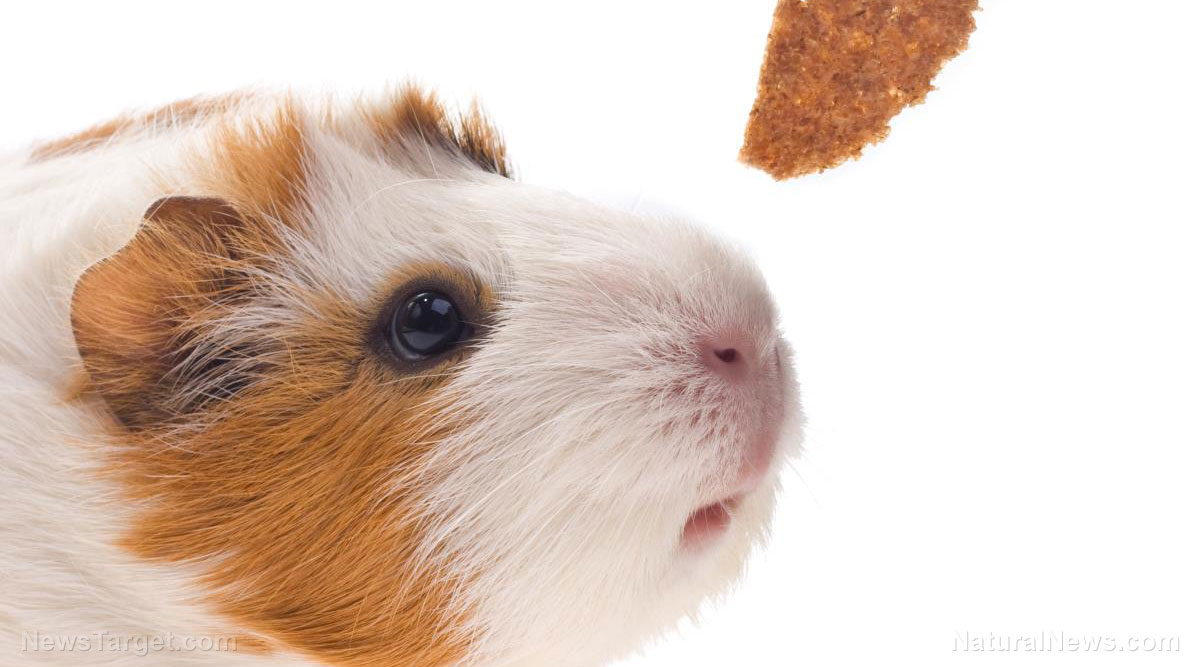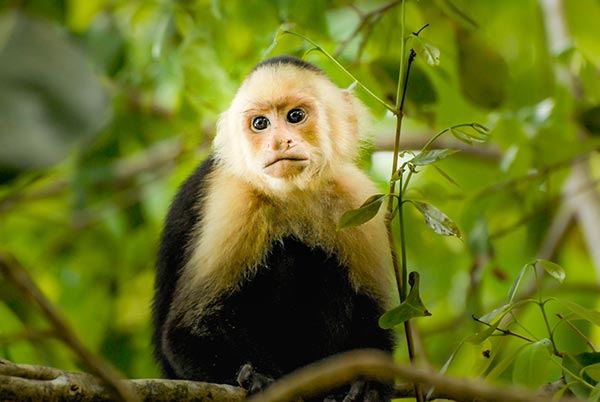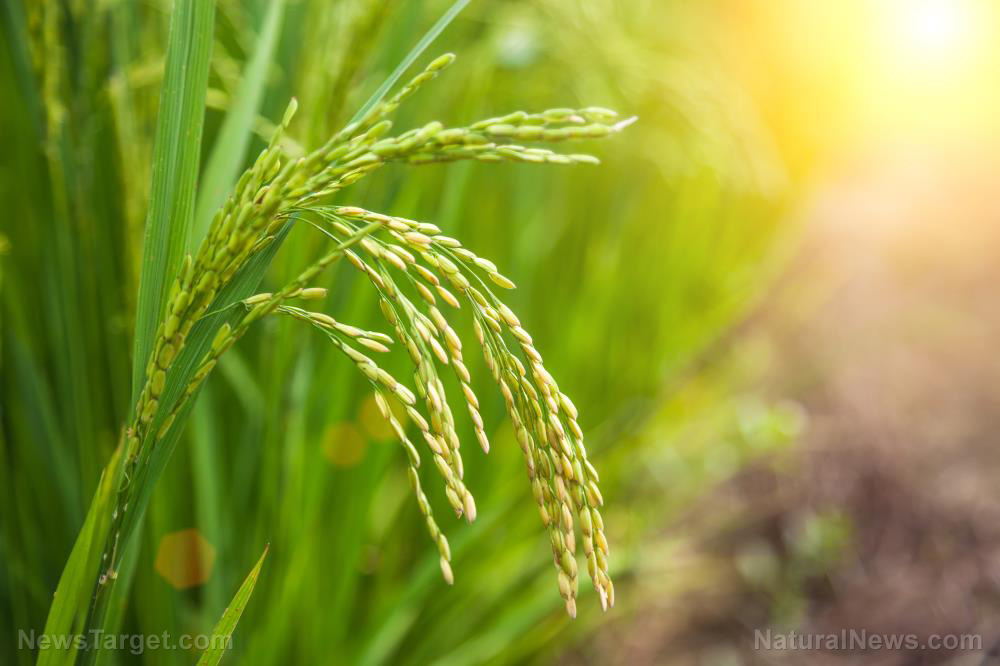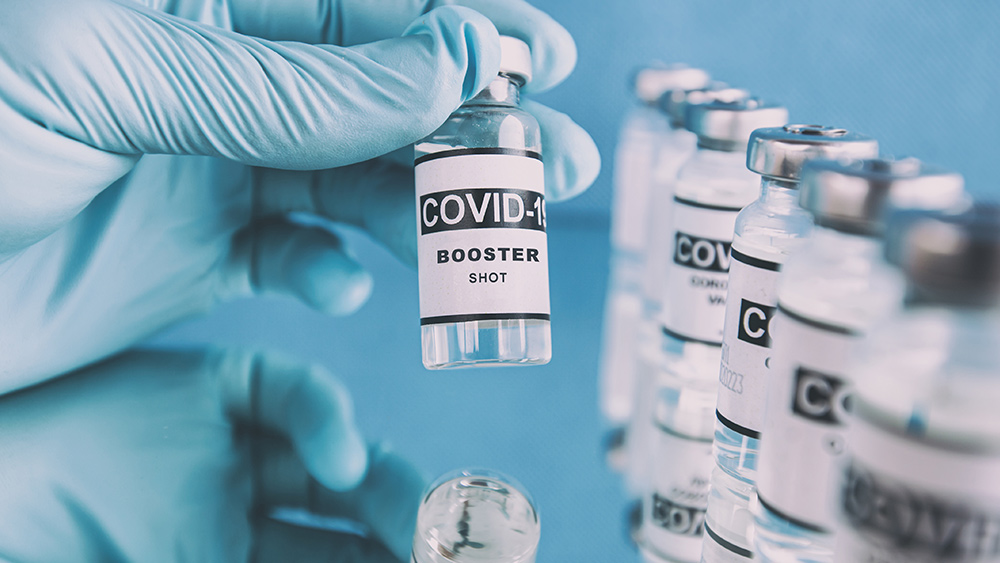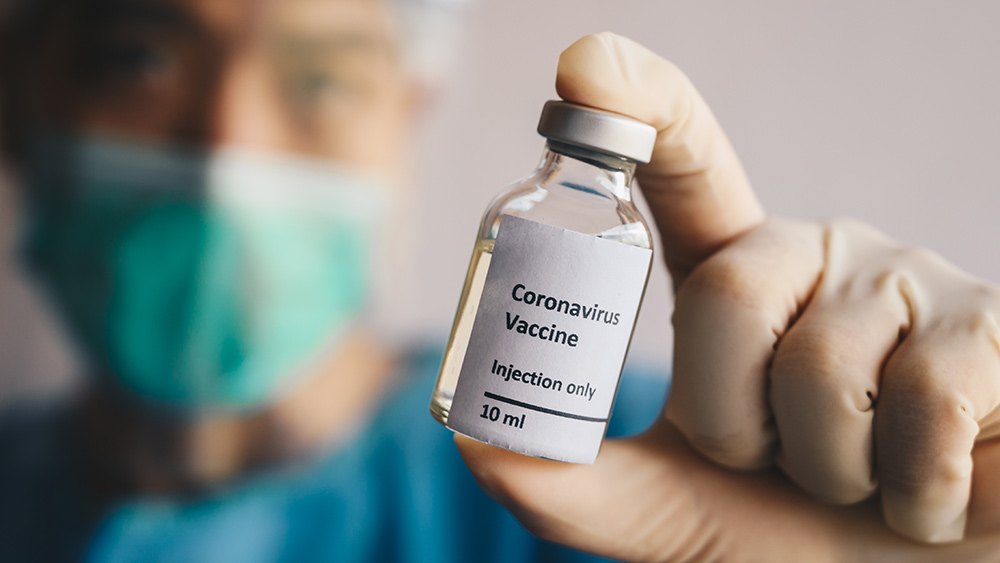South African plant displays impressive anti-diabetic profile
12/04/2018 / By Ellaine Castillo

A South African study, which was published in the journal Pharmacognosy Research, discovered that the bushy bulbine (Bulbine abyssinica) is rich in polyphenols that contribute to its antidiabetic and antioxidant activities. This finding was based on the results of different in vitro studies.
- Phenolic compounds found in plants play an important role in the protection against diseases and pests. Common examples of these phytochemicals include flavonoids, flavonols, tannins, lignins, stilbenes, gallic acid, caffeic acid, coumaric acid, and ferulic acid.
- In addition, phenolic compounds are also used to produce food and perfumes because of their unique odor.
- Recent studies have shown that these compounds have potent antioxidant activities that are beneficial for the treatment of diseases associated with oxidative damage. These include cancer, diabetes, atherosclerosis, inflammation, Alzheimer’s, aging, kidney damage, and liver diseases.
- The bushy bulbine has been associated with antidiabetic activity. However, limited information is available regarding the specific compounds that can be attributed to this activity.
- Plants of the Asteraceae family, which includes bushy bulbine, are rich in polyphenolic compounds and diterpenoids that are responsible for the majority of their biological activities.
- In this study, the researchers collected different fractions from bushy bulbine leaves and then observed them for flavonoid, proanthocyanidin, and total phenolic content. They then proceeded to determine the antioxidant activity of these fractions.
- The authors selected the fractions with the highest polyphenolic content and antioxidant activity for the subsequent experiments on antidiabetic activity, which was determined based on their ability to inhibit alpha-amylase and alpha-glucosidase activities.
From this study, the researchers observed that extracts from bushy bulbine leaves have potent antioxidant and antidiabetic activity, which are possibly caused by the presence of the phenolic compounds carvone, quercetin, and psoralen.
Read the full text of the study at this link.
Visit DiabetesCure.news for more articles about natural diabetes remedies.
Journal Reference:
Odeyemi SW, Afolayan AJ. IDENTIFICATION OF ANTIDIABETIC COMPOUNDS FROM POLYPHENOLIC-RICH FRACTIONS OF BULBINE ABYSSINICA A. RICH LEAVES. Pharmacognosy Research. 19 February 2018;10(1). DOI: 10.4103/pr.pr_55_17
Submit a correction >>
Tagged Under:
Alpha-amylase, alpha-Glucosidase, antidiabetes, antidiabetic agent, antioxidant, Bulbine abyssinica, bushy bulbine, diabetes, diabetes mellitus, enzyme inhibition, Herbs, natural remedies, oxidative stress, phenolic compounds, plantmedicine, polyphenols, prevent diabetes
This article may contain statements that reflect the opinion of the author




